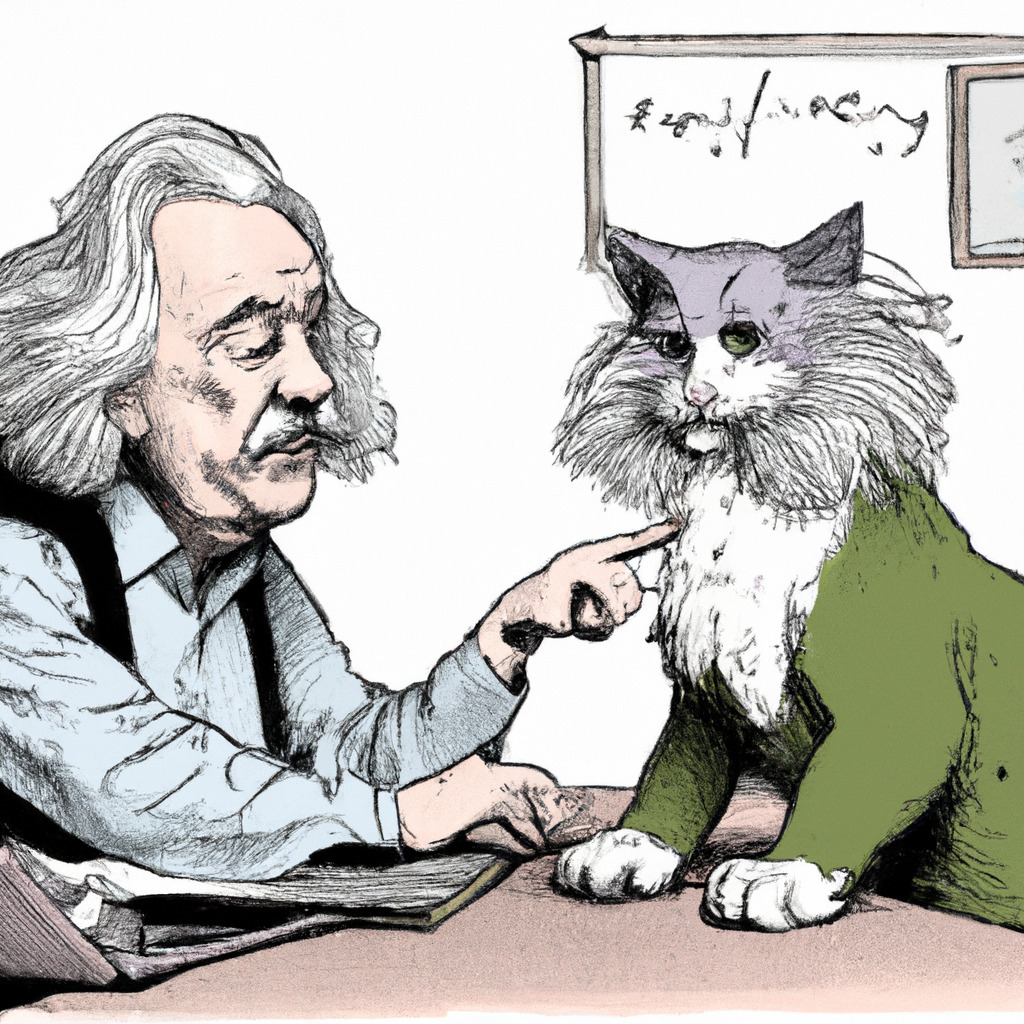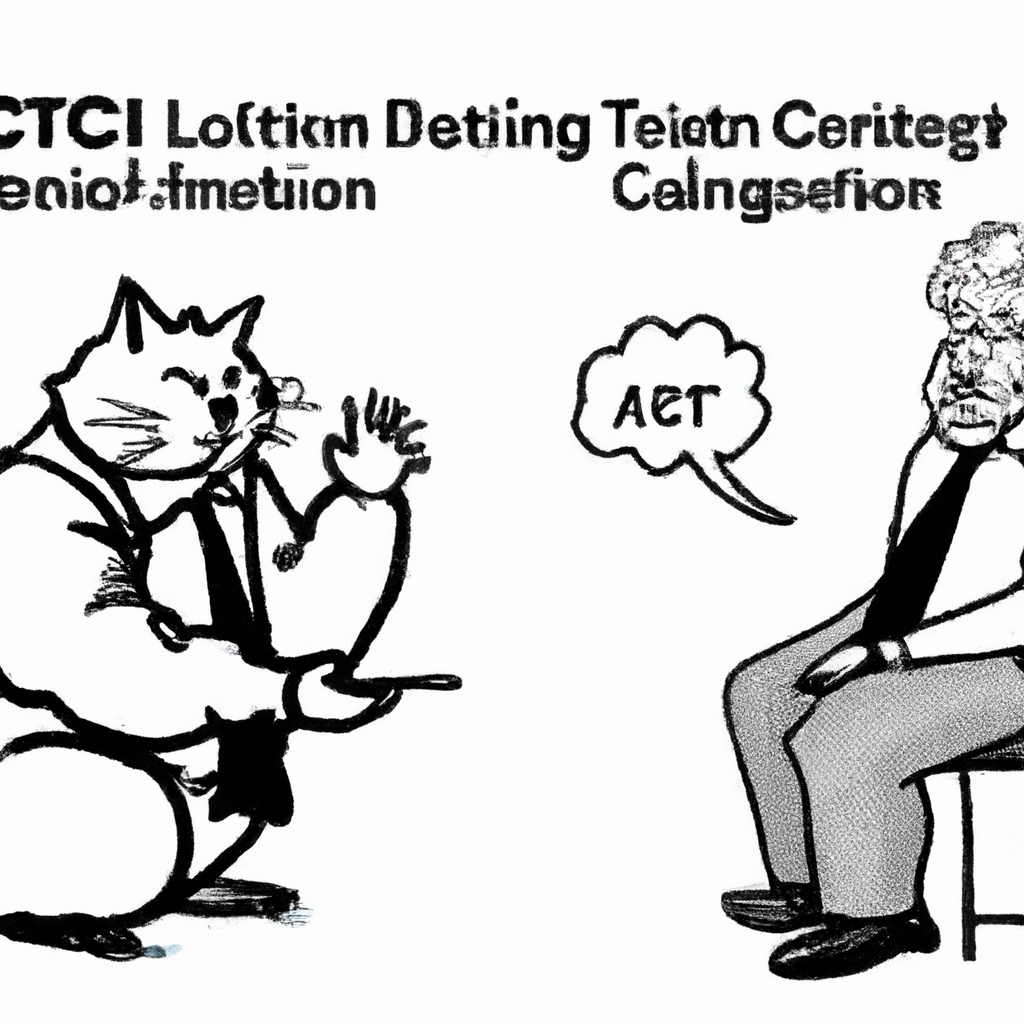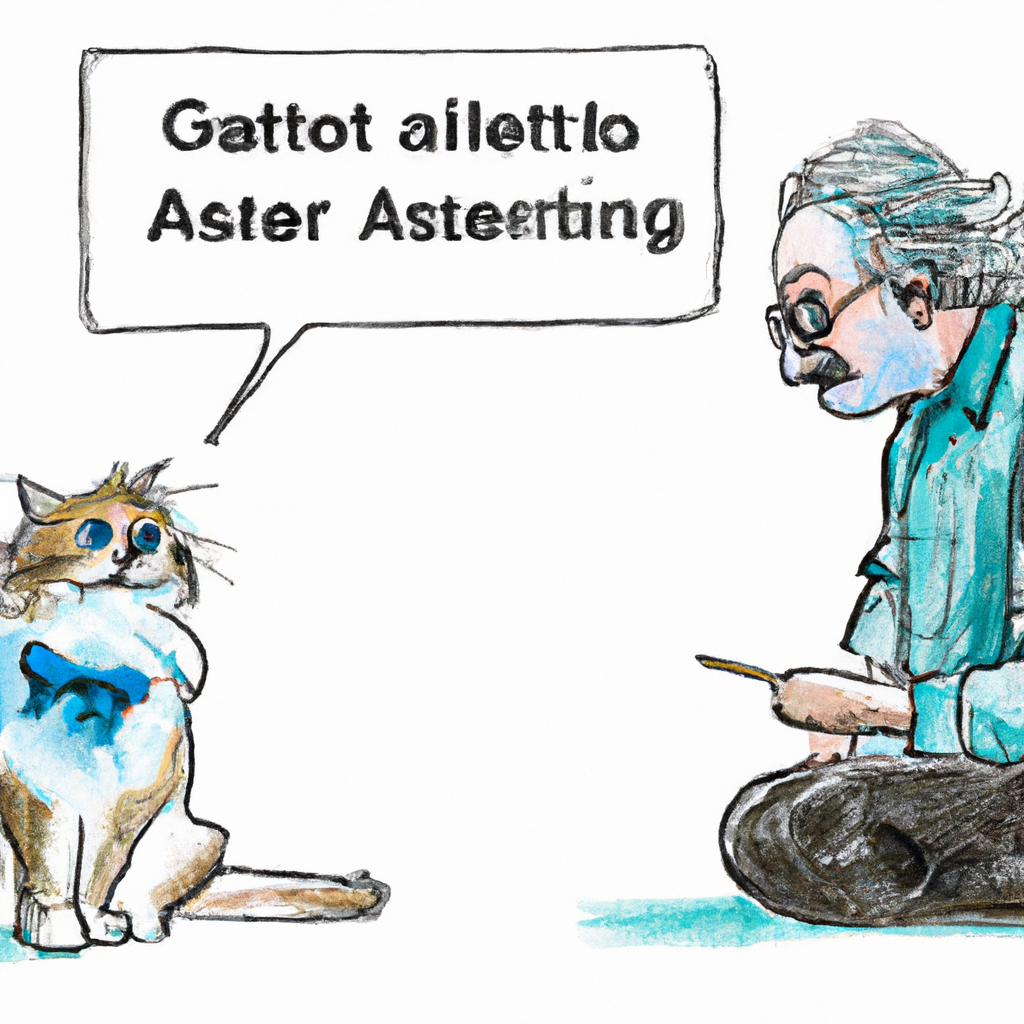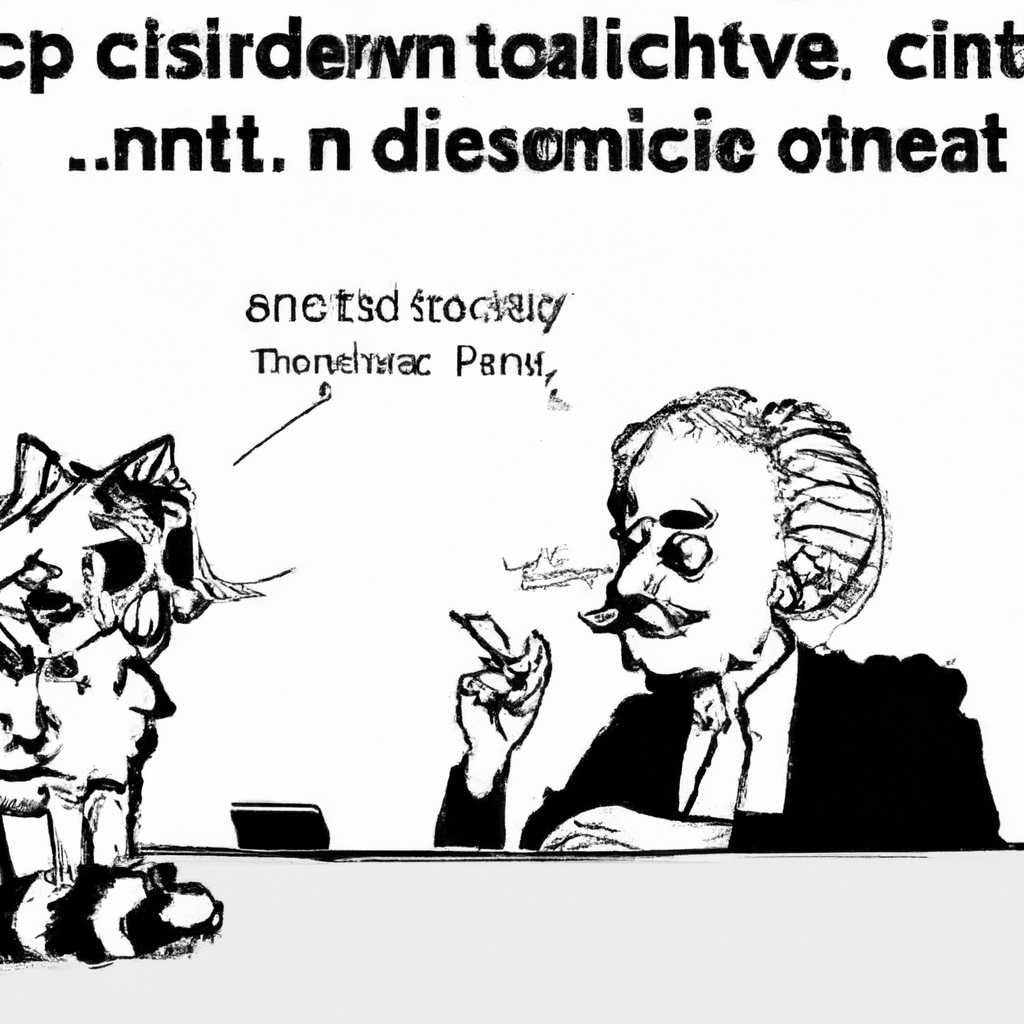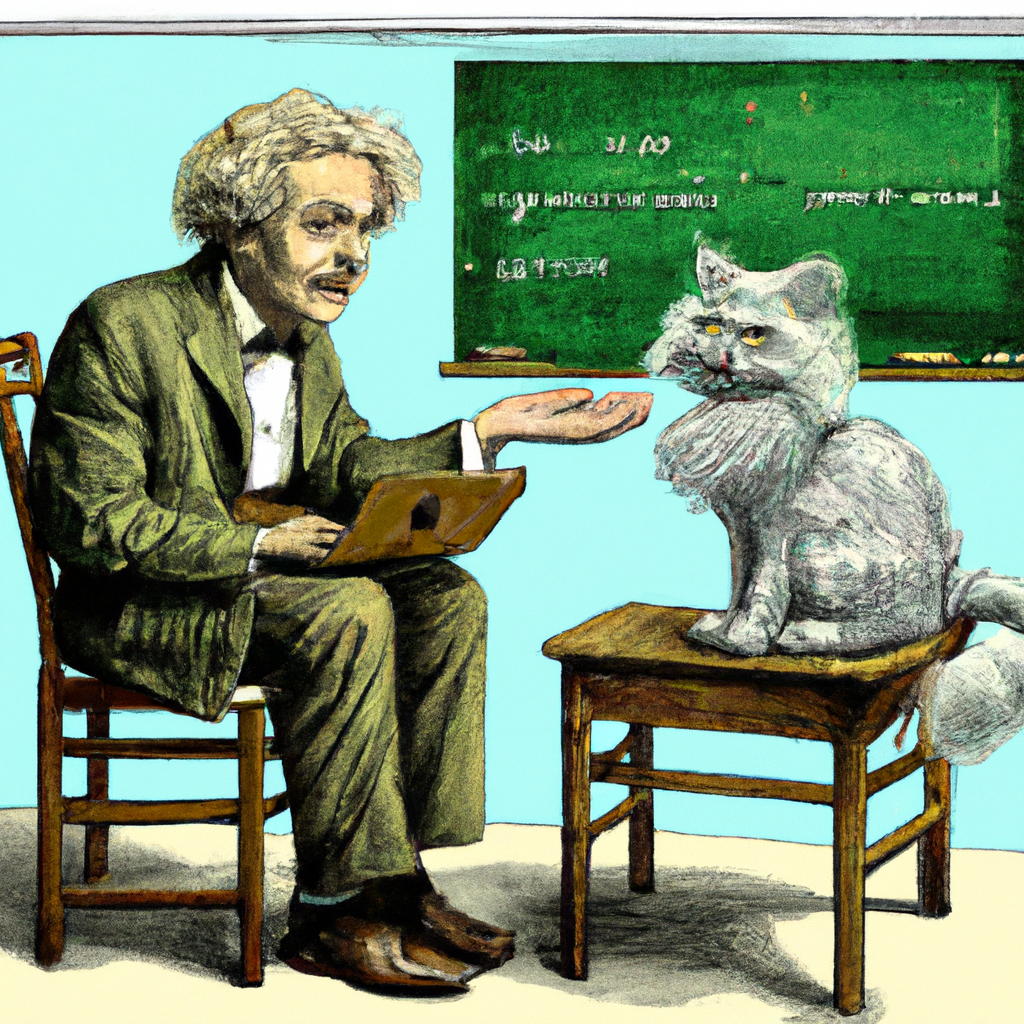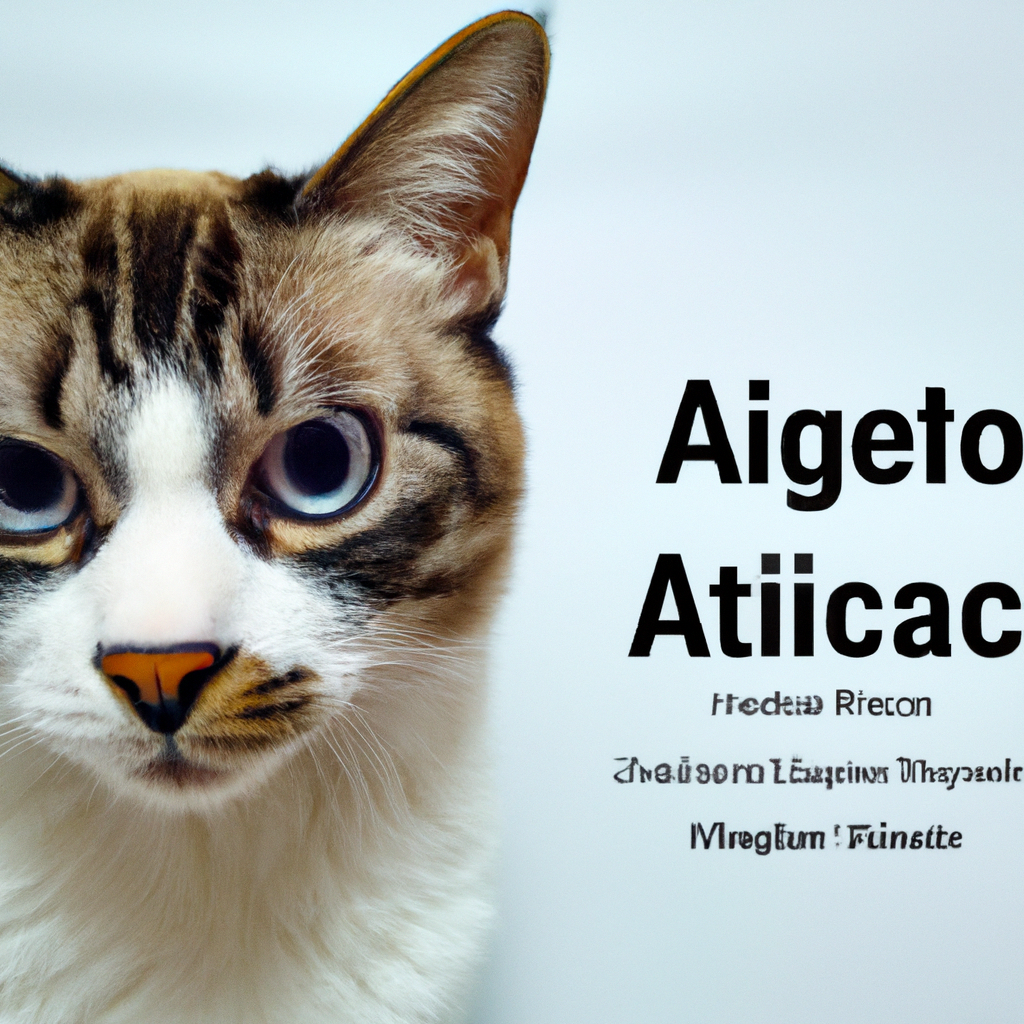
Title: Diving into the World of Artificial Intelligence: A Beginner’s Guide
Artificial Intelligence, widely known as AI, has become a buzzword in today’s technological era. It refers to the simulation of human intelligence processes by machines or computer systems. These processes include learning, reasoning, self-correction and perception.
AI is not a new concept; it traces its origins back to 1956 when John McCarthy first coined the term at Dartmouth Conference. Since then, it has evolved significantly over time and now encompasses various subfields such as Machine Learning (ML), Natural Language Processing (NLP), Robotics among others.
However exciting AI might seem from afar for a novice user entering this world could be overwhelming due to its technical complexity and wide range of applications. This article aims at simplifying that journey by providing an introductory guide on understanding artificial intelligence with some practical examples.
Understanding Different Types Of AI:
1) Narrow or Weak AI – This type includes intelligent systems designed to perform specific tasks like voice recognition or recommendations on streaming platforms etc.
2) General or Strong AI – Systems under this category can execute any intellectual task that humans can do.
3) Superintelligent – As per Nick Bostrom’s definition these are hypothetical future machines surpassing human intellect across virtually all activities demanding cognitive abilities.
Basic Components Of An Artificial Intelligent System:
An artificial intelligence system consists primarily of three components viz., Input Data Layer which feeds data into the system for processing; The Processing Layer where algorithms analyze input data and make decisions based upon them; The Output Data layer which presents results obtained after processing input information through machine learning algorithms.
How Does Machine Learning Fit Into All This?
Machine Learning is one crucial aspect contributing towards modern-day success stories around Artificial Intelligence technologies. It provides computers with an ability wherein they learn without being explicitly programmed! They improve their performance over time by continuously analyzing more data using statistical techniques embedded within ML models/algorithms like regression, classification, clustering etc.
Delving into Natural Language Processing (NLP):
Natural language processing is another significant subfield of artificial intelligence that deals with the interaction between computers and humans via natural languages. It enables a machine to understand, interpret human speech/text and respond accordingly. Applications range from Google’s voice search & Siri on iPhones to automated customer support systems or chatbots in various industries.
Practical Examples:
Here are some real-life examples demonstrating how artificial intelligence can be utilized in day-to-day activities:
1) Personal Assistant Apps: AI-based apps like Google Assistant or Apple’s Siri use NLP algorithms to comprehend user commands/instructions given through voice commands.
2) Recommendation Systems: Streaming platforms like Netflix/Spotify utilize ML techniques for providing personalized content recommendations based upon past viewing/listening behaviors of users.
3) Autonomous Vehicles: Self-driving cars employ complex AI models which continuously learn from huge amounts of real-time data collected by sensors/cameras installed within these vehicles so they can navigate safely without human intervention.
4) Fraud Detection In Banking Industry – Banks leverage advanced predictive modeling techniques under Machine Learning for detecting fraudulent transactions thereby enhancing overall security aspects related to digital banking services.
In conclusion, Artificial Intelligence offers exciting opportunities across diverse sectors ranging from entertainment & personal assistance tools all the way up till healthcare diagnostics or autonomous transportation solutions among others. However one needs patience while learning about this expansive technology as it demands understanding fundamental concepts first before diving into more sophisticated applications/aspects associated with it. Happy Learning!
Artificial Intelligence (AI) has a wide range of applications across various industries. An example is in the healthcare industry, specifically in medical diagnostics.
AI-powered systems can analyze extensive data sets and extract relevant information that assists doctors and clinicians in diagnosing diseases. For instance, AI algorithms can be trained to interpret radiology images like X-rays or CT scans more accurately than human eyes could do consistently over time. These advanced technologies are capable of detecting anomalies such as tumors or fractures early on, thereby increasing chances for successful treatment strategies.
Moreover, AI also offers predictive analytics by using historical patient data to predict future health outcomes or potential disease risks. This helps healthcare professionals develop personalized treatment plans which cater to individual patients’ needs.
Furthermore, AI’s role extends beyond diagnosis and prognosis; it also aids with administrative tasks such as scheduling appointments efficiently based on doctor availability and patient preferences thus improving overall hospital management efficiency.
In conclusion, artificial intelligence proves pivotal not only for enhancing accuracy in disease diagnosis but also optimizing operations within the healthcare sector while promoting personalized medicine approaches simultaneously.
Here’s a Story about Gato Rico
Once upon a time, in the heart of New York City, there lived an incredibly wealthy and rather unusual resident named Gato Rico. Unlike most billionaires who were busy playing stocks or buying islands, Gato was different. He was not just rich; he was feline-rich! Yes, you heard it right! Our protagonist here is none other than a cat!
Gato Rico wasn’t your average American Shorthair. This sophisticated ball of fur had inherited his wealth from his late owner – the eccentric billionaire Mrs Fitzwilliam – who found humans too predictable for her liking.
Living in an opulent penthouse adorned with diamond-studded scratching posts and gold-plated litter boxes, our furry friend revelled in luxury but also possessed an insatiable curiosity that would change everything one day.
One afternoon while lounging on his cashmere pet bed watching ‘The Secret Life of Pets’ on his private IMAX theatre (yes, he had one), something caught his attention: AI technology. The concept intrigued him so much that he decided to invest some of his fortune into developing artificial intelligence suitable for cats!
With no opposable thumbs or knowledge about coding whatsoever (he’s still just a cat after all), things seemed bleak at first until he discovered KittyAI Inc., run by genius mice inventors (don’t ask how they learned coding).
Gato agreed to fund them generously under two conditions: One – they make him the world’s first AI device specifically designed for cats called “Furlexa,” and Two – their office should be always stocked up with gourmet cheese as payment-in-kind.
With Furlexa installed throughout the mansion within weeks and activated through special meow recognition software developed by KittyAI Inc., life became even more luxurious for our pampered kitty kingpin! Gone were days when poor old Jeeves- human butler- used to misunderstand Gato’s meow demands.
“Furlexa, order 20 cans of Tuna Delight from Pawmart,” he’d command, and within seconds his favourite meal would be on its way. “Furlexa, play ‘Catnip Dreams’ by DJ Whiskers,” he’d say when feeling groovy.
One day out of curiosity (or perhaps boredom), Gato Rico commanded: “Furlexa, bring me a mouse!” To which Furlexa replied in her soft electronic voice: “Order placed for ‘RoboMouse Toy’ from Pawmart.” This wasn’t exactly what our rich feline had in mind but hey! A robot mouse sounded fun!
And so life continued with more ease and luxury than ever before for the wealthiest cat in New York City – thanks to artificial intelligence created by mice. But that’s another story altogether!
Oh yes! Life was indeed purr-fectly splendid for Gato Rico!

